Classics - Greek Culture (Term Test)
1/67
Earn XP
Description and Tags
Name | Mastery | Learn | Test | Matching | Spaced |
|---|
No study sessions yet.
68 Terms
Bronze Age
3300 - 1100 BCE
Dark Age
1100 - 800 BCE
Archaic Period
800 - 480 BCE
Classical Period
480 - 338 BCE
Hellenistic Period
380 - 30 BCE
Minoans
The first civilization to have hegemony over the Aegean sea. They were very artistic and used lots of bright colours, bulls, and sea creatures. They ruled using their navy power. Lived on the (now) island of Crete. Gained power by trades and large taxes over others in the area. In power from ca. 3000 - 1600 BCE. They lost power when a volcanic eruption in Akrotiri caused them to lose trade partners.
Mycenaeans
The second civilization to have hegemony over the Aegean sea. They were focused on defensiveness (fortified walls, built with war in mind). Most of their artwork depicted men, war, fighting, etc. They ruled with army. They lived on the mainland (named after Mycenae). They gained power after the Minoans lost power due to a volcanic eruption. They were in power from ca. 1600 - 1200 BCE. They fell due to draught or a lack of tin for bronze.
Importance of the Minotaur
The myth is that the Minotaur was a monster that lived in the Minoan labyrinth on Crete. Every month the Minoans would get sent a few slaves from each of the civilizations in their rule. In reality they would be used as slaves, but in the story, they were given as food to the Minotaur. The story was made by the people ruled under the Minoans at the time, showing that they feared the Minoans. It shows that even though the Minoans saw themselves as peaceful, the other civilizations around them thought of them as a “monster”.
Francthi Cave
22,000 - 3000 BCE. This cave was the place found with the earliest archeological evidence of human inhabitance. They found evidence of domesticated sheep and goats, farming tools, clay pottery, and human burials.
Thessaly
The earliest examples of architecture and organized community are found here.
House of Tiles
Archeological evidence of agricultural resources and a sophisticated administrative system. Some stones where sealed to contain wines or oils.
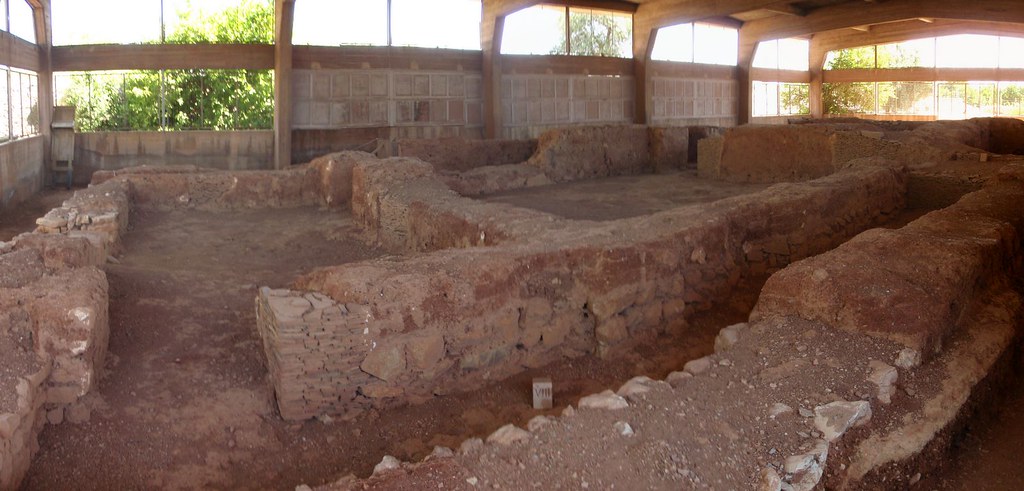
Schliemann
Schliemann refers to Heinrich Schliemann, a German archaeologist. He is best known for his excavations at the ancient cities of Troy and Mycenae, which helped to uncover and popularize the study of ancient Greek civilization.
Grave Circle A
Found in Mycenae (1600 - 1500 BCE). There are 6 deep graves with 17 people found in them. Most adults in it lived to around 20-30 years old.
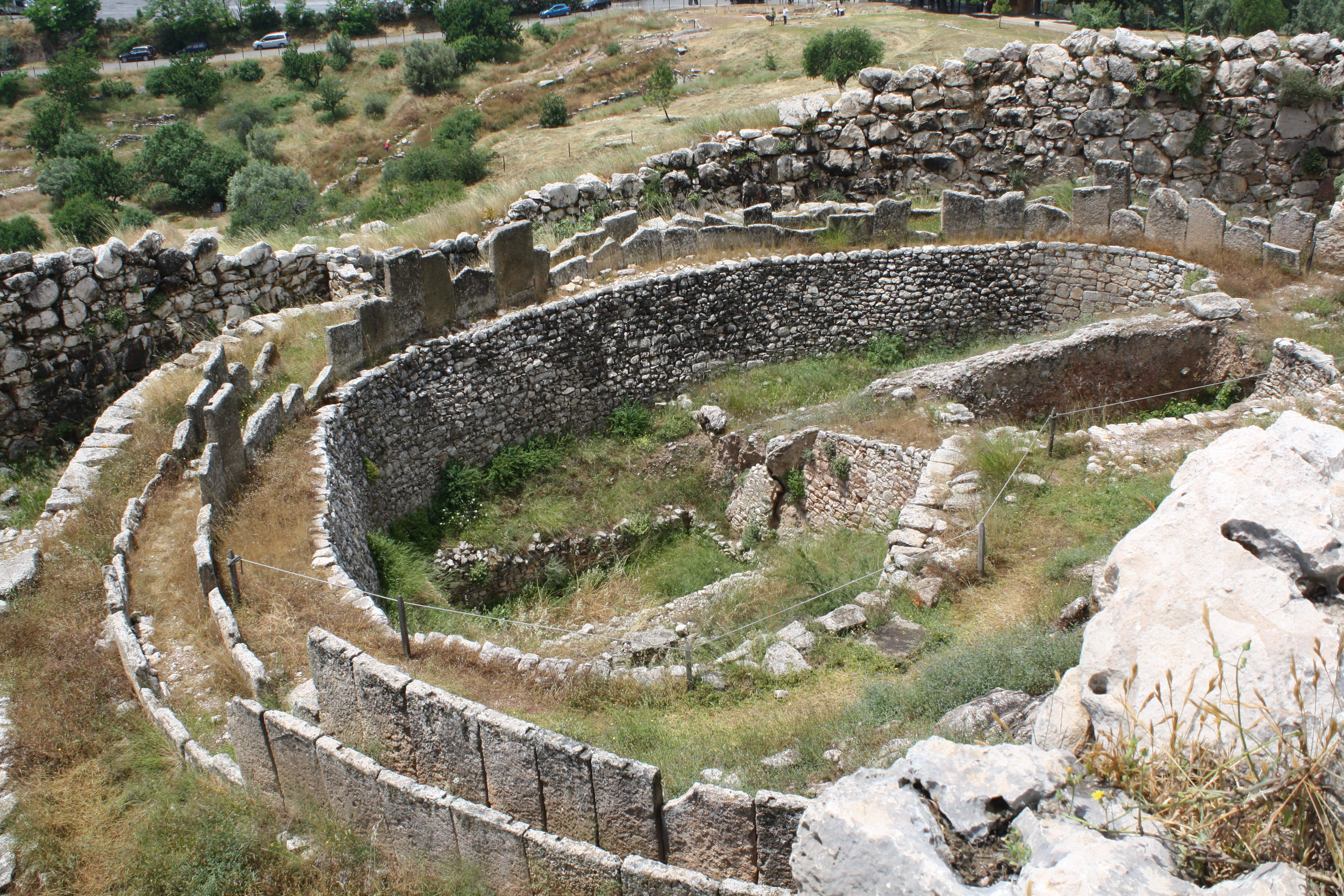
Linear A
The Minoan language, which is still undeciphered.
Linear B
The Mycenaean language. It is a phonetic language and has been fully deciphered.
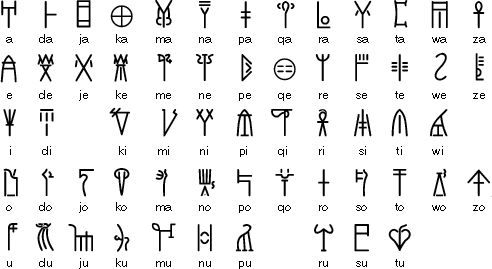
Phaistos Disk
(1700 BCE) found at Knossos Palace and has a hieroglyphic language that has not been deciphered.
Vapheio Cups
Two gold cups that have images that describe the Minoans and the Mycenaeans. One cup shows a bull, trees, peaceful scenes, etc (Minoan) and the other shows a battle between man and bull (Mycenaean)
Theories of the Decline of the Bronze Age (moving to iron)
earthquake - causing fires
attacks from the “Sea People” destroyed Hittites, Trojans, Levantine, Cypriots
new weapons and technology
change from chariot fighting to infantry/javelin
economic problems
draught
trade disruptions
Radiocarbon Dating
Radiocarbon dating is a method used in ancient Greek archaeology to determine the age of organic materials, such as artifacts and fossils, by measuring the amount of radioactive carbon-14 (C-14) present in the sample. It helps archaeologists estimate the age of ancient Greek artifacts and provides valuable insights into the timeline and historical context of the civilization. This is what they used to excavate Francthi Cave.
Ashlar Blocks
the large blocks outside the Minoan palaces
Minoan Artwork
Their artwork often includes:
bulls
sea creatures
bright colours
peaceful scenes
Mycenaean Artwork
Their artwork often includes:
fighting
men vs men / men vs bulls
war
lions
gold
main point in the centre of the art
Hegemonic Power
this refers to the dominance or influence of one group or country over others, often achieved through political, economic, or cultural means. It involves the ability to shape and control the actions, beliefs, and values of other entities. (Minoans had hegemony over the Aegean Sea)
Minoan Religion
they had a polytheistic religion, worshipping a variety of deities, including a mother goddess. They also had a strong emphasis on nature and fertility, as seen in their art and rituals. Another distinctive feature was their use of sacred spaces, such as the labyrinthine palace complexes, which were believed to be connected to their religious beliefs. Additionally, the Minoans had a vibrant and prosperous trade network, which contributed to their unique cultural exchange and influences from other civilizations.
Mycenaean Religion
it is unique for its polytheistic nature, with a pantheon of gods and goddesses. It is characterized by the worship of deities such as Zeus, Poseidon, and Hera. Mycenaean religion also involved animal sacrifices, rituals, and the belief in an afterlife. The Mycenaeans had a strong connection to nature and believed in the power of divination and oracles. However, due to limited surviving evidence, our understanding of Mycenaean religion remains somewhat incomplete.
The Polis
this means city-state that served as the fundamental political and social unit of Greek society. It consisted of a city and its surrounding territory, including farmland. The polis had its own government, laws, and institutions, and its citizens participated in decision-making and governance.
Polychrysos
“rich in gold” as seen in Homeric poems
Anax
the title or term used to address a male leader or ruler. It was commonly used to denote a king or chief in various city-states.
Athenians
A city in the Peloponnesian Peninsula. They survived after the fall of Mycenae. When the Dorian marauders came down, they skipped over Athens due to bad land. For this reason Athenians believe they are “the indigenous Greek”.
Dorians
The Dorians were one of the major ethnic groups in ancient Greece. They were believed to have migrated from the north and invaded the southern regions of Greece around the 12th century BCE. The Dorians played a significant role in shaping the culture and history of ancient Greece, particularly in the regions of Sparta and Corinth.
Spartans
The Spartans were a prominent city-state in ancient Greece known for their military prowess and disciplined way of life. They were part of the larger Greek civilization and were located in the region of Laconia. The Spartans were renowned for their highly trained and formidable army, which played a significant role in various conflicts and wars during ancient times. They valued discipline, physical fitness, and military skill above all else, and their society was structured around these principles.
Troy
The Trojans were an ancient civilization in Greece, known for their city of Troy. They are famously mentioned in Homer's epic poem, the Iliad. The Trojan War, fought between the Trojans and the Greeks, is a significant event in Greek mythology and history.
Egypt
The ancient Egyptians had limited direct contact with the ancient Greeks. However, there is evidence of trade and cultural exchange between the two civilizations. The Greeks admired Egyptian culture and incorporated some Egyptian elements into their own art and architecture. Greek scholars also visited Egypt to study its ancient wisdom and knowledge. Overall, while there was some interaction, the relationship between the ancient Egyptians and Greeks was not as extensive as their respective relationships with other civilizations.
Near East
The greeks got a lot of their innovative ideas from the near east.
Basileus
In ancient Greece, the term referred to a king or ruler. It was used to denote the highest political and military authority in certain city-states. The basileus held significant power and was often considered the head of state.
King Darius I
He was the leader of the Persian army that attacked the greeks, and his son Xerxes later did as well.
Leonidas
he was a Spartan king who ruled during the Battle of Thermopylae in 480 BC. He led a small force of Greek soldiers against the Persian army, displaying great bravery and military skill. Despite being outnumbered, Leonidas and his men fought valiantly but were ultimately defeated. His leadership and sacrifice have made him a symbol of courage and heroism.
Alexander the Great
he was an influential figure in ancient Greece. He expanded the Greek empire, spreading Hellenistic culture and ideas throughout the regions he conquered. His military campaigns led to the downfall of the Persian Empire and the spread of Greek influence in the East. Alexander's conquests also facilitated the exchange of knowledge and ideas between different civilizations, contributing to the development of science, philosophy, and art. His legacy left a lasting impact on the political and cultural landscape of the ancient world.
Rerum cognoscere causas
fortunate is the one who is able to know the meaning of thingsL
Leacrates
he was a person who was banished from Athens after an ostracism, because he and his family fled during a time of crisis.
Demokratia
greek word for democracy. In greece this meant the freedom to participate in the state, not the freedom to be left alone like it does today.
Polites
citizen
Ostracism
everyone in the polis would vote every year on the person they liked the least. this person was banished from athens for 10 years.
Aristides
was ostracized after an illiterate person voted for him because he wanted to stop hearing about how great he was.
Autochthonous
indigenous
Royal Houses - Sparta
Sparta had 2 royal houses (agaid and euryontid). They were more so public figures, not decision makers.
Spartan Religion
their religion and government were linking closely. The “constitution” was linked to what the priestess of Delphi said - she listed off ways by which Spartans should live.
Spartan Politics
Every Spartan split everything: land, food, riches, etc. They got rid of the family unit as the centre of politics, and all the men ate together: in this way nobody could secretly eat more than others.
Lycurgus
the man who went to the Priestess of Delphi and came back with the idea for all of the Spartan’s political system.
Homoioi
Spartan warrior “peers”
Persepolis
the name of a city near Iran??????????????????????????????????
Apoikia
greek word for colonies
Koroibos
the first olympic winner
Achaemenid
the founder of the ancient Iranian empire
Simonides
greek poet
Xerxes
the son of King Darius I, he also attacked the greek civilization.
Metropolis
“mother city” founding of the city-state
Heroon
a shrine to a greek hero, used to commemorate them
Euboea
an island in greece
Sea Peoples
Mycenaeans
Diadem
jewelled crown
Boeotia
a region in Greece
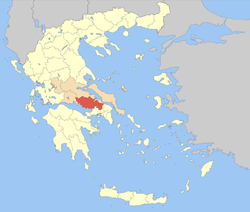
Messenia
a region in Greece
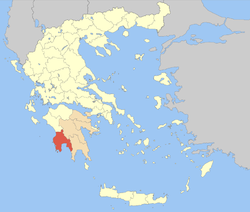
Achaea
a region in Greece
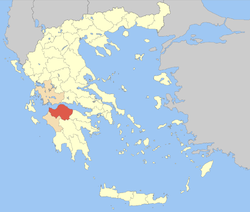
Cyclades
a region in Greece
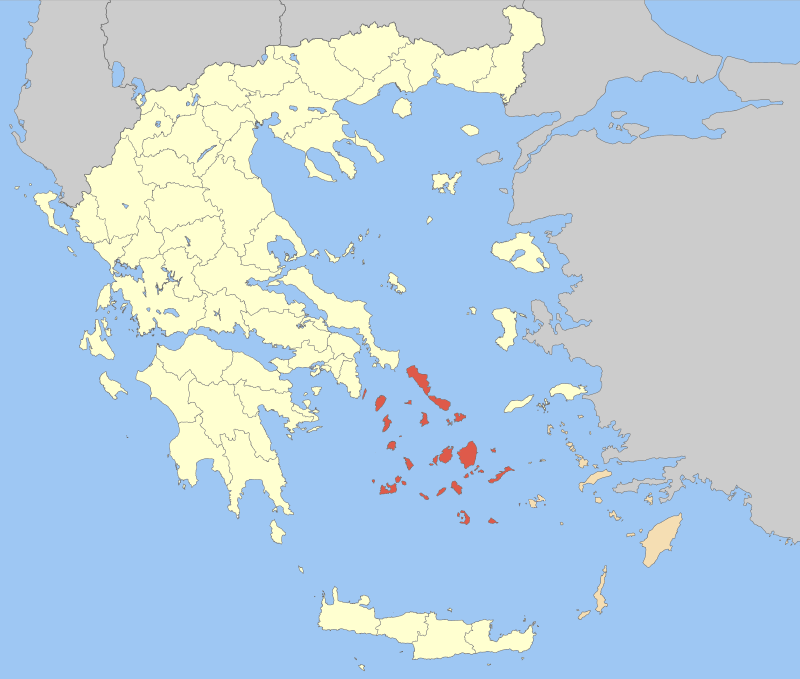
Pithoi
a large storage container, vase shaped
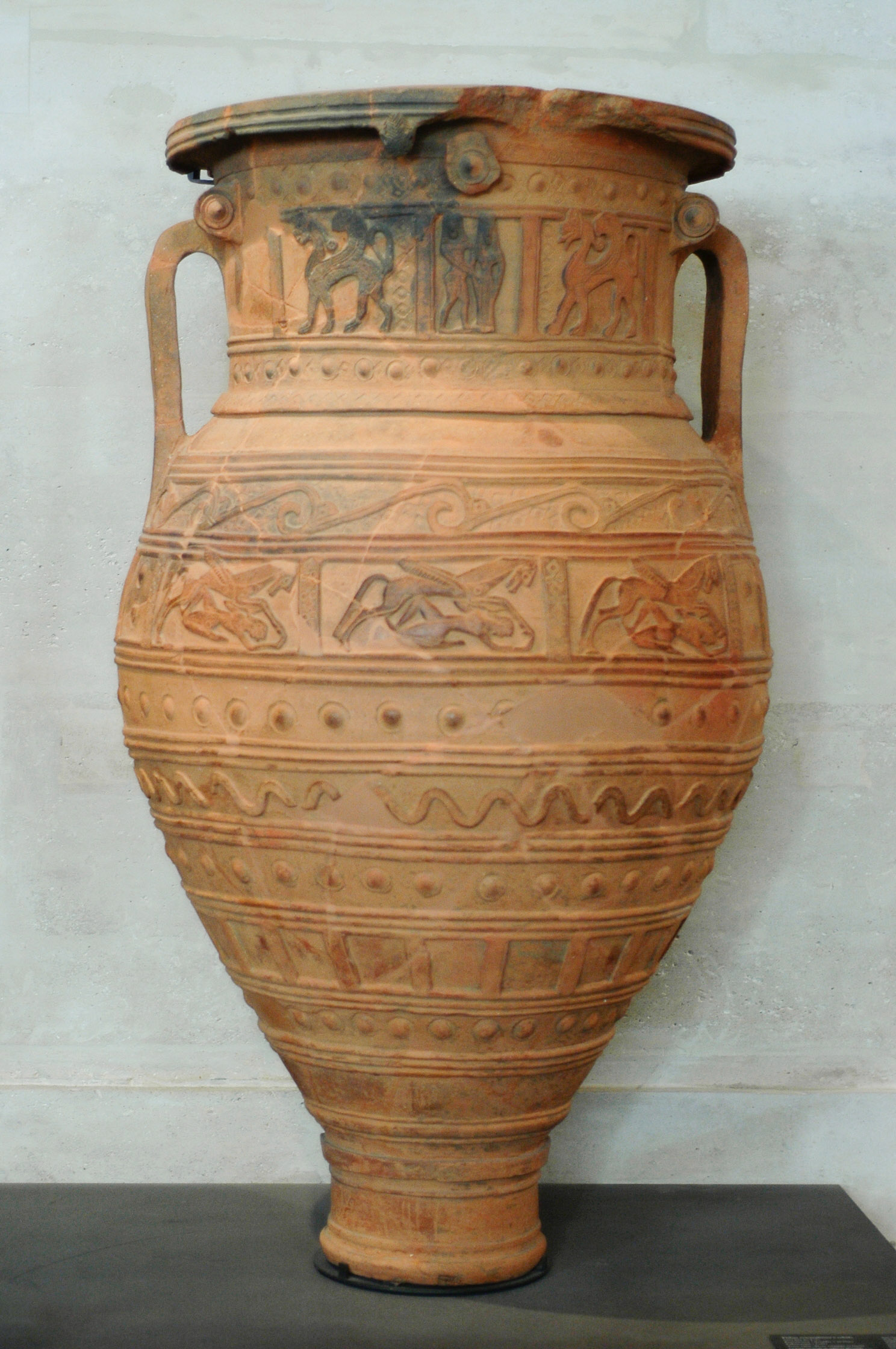
Thera
southern most island of the cyclades islands. this is where the volcano erupted that started the fall of the Minoans
Hoplite
soldier